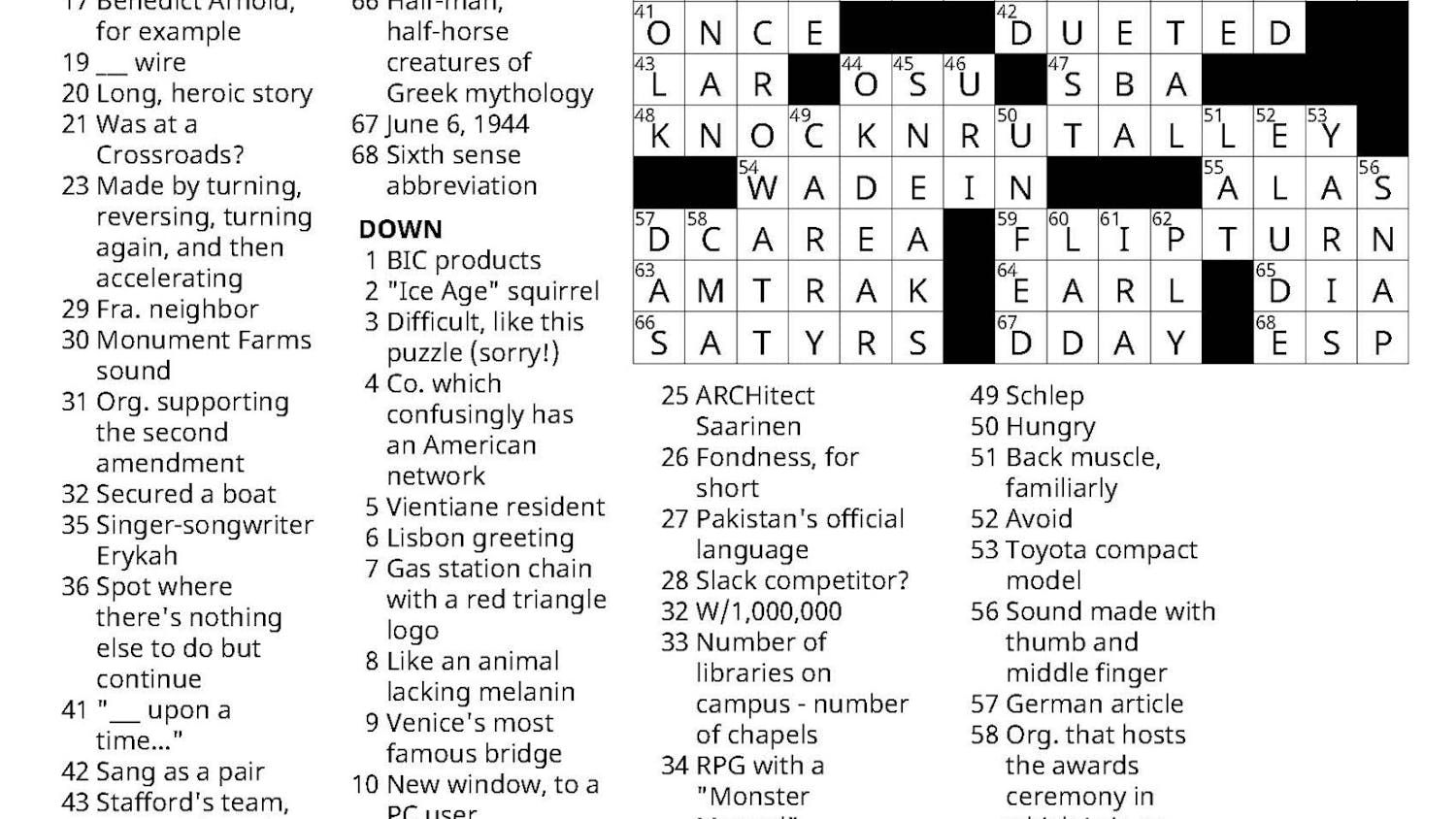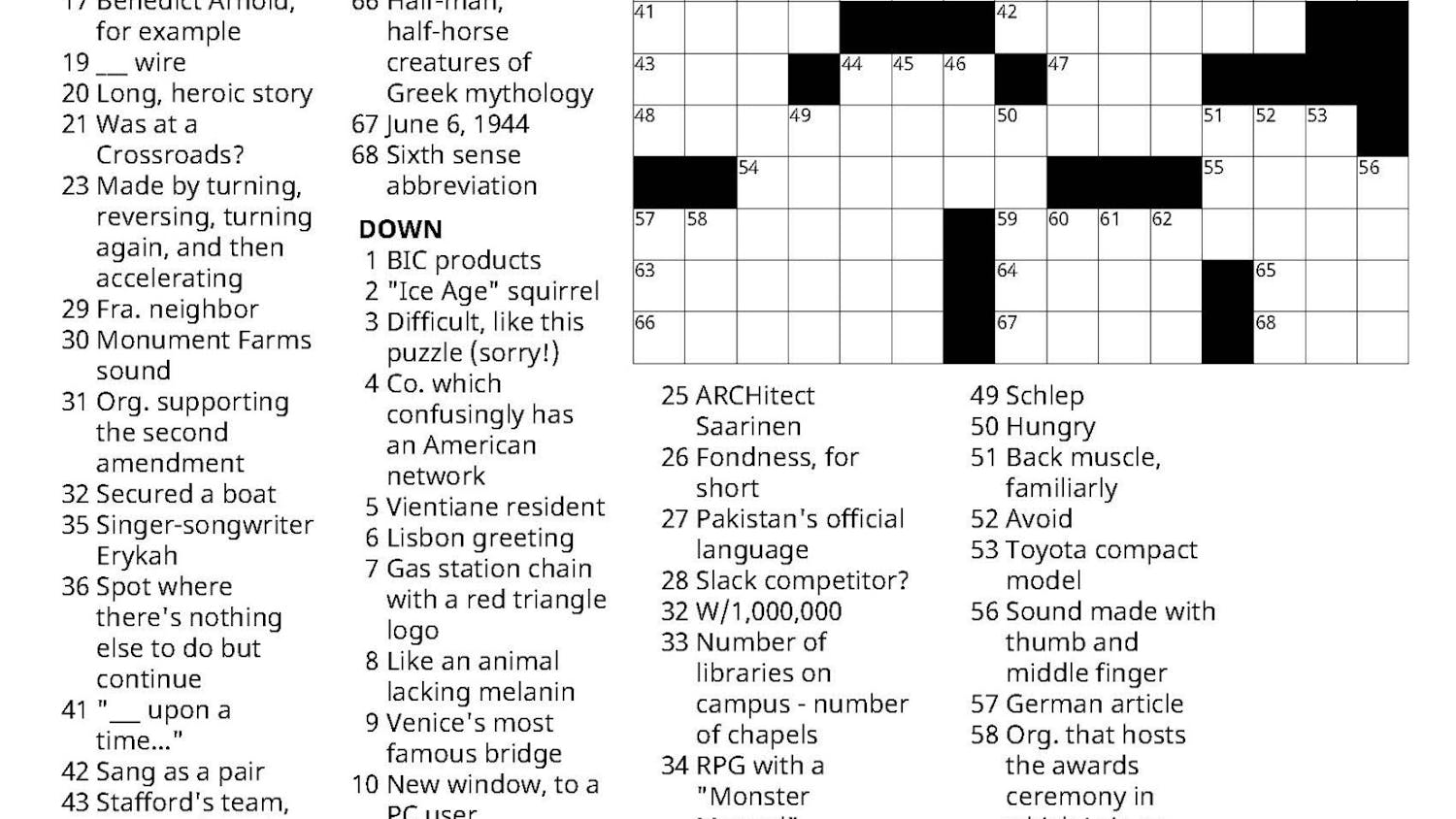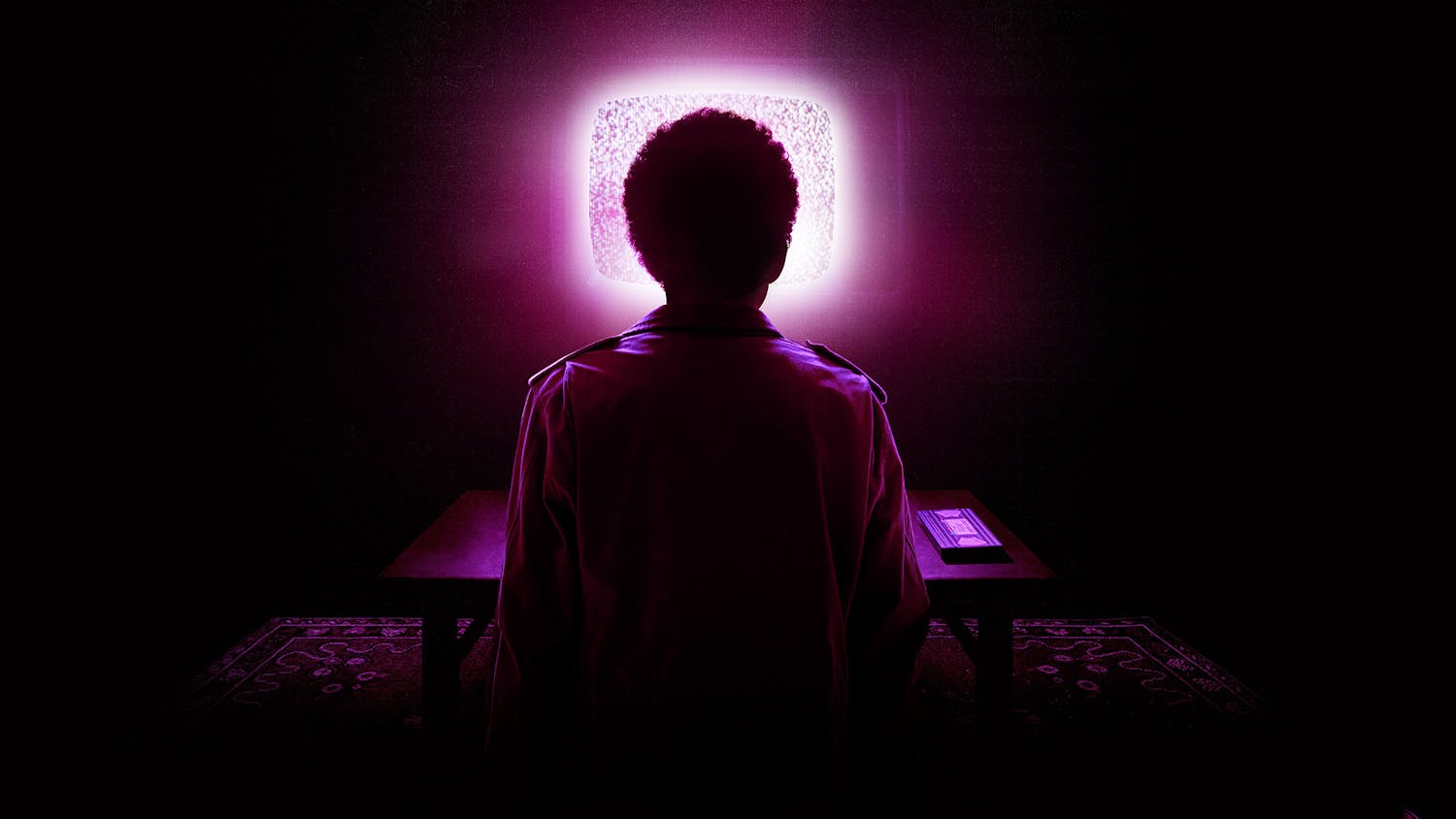From Oct. 15-19, native Vermont artist Sabra Field ’57 watched her mural “Cosmic Geometry” come to life on the back wall of the Wright Memorial Theater.
Initiated by Kate Lupo ’10, “Cosmic Geometry” stands as the first outdoor mural in Middlebury history.
Lupo initially proposed the project to President of the College Ronald Liebowitz in September 2009.
“As a student at Middlebury I had always seen the wall and thought that it was right for a work of art — for a mural. So as a senior I said, after all these years of thinking that there should be a mural on that wall, I want to actually do something about it. And there was absolutely no question in my mind that it had to be a Sabra Field,” said Lupo, a fan of Field’s work prior to the project.
After Field ’57 had accepted to work on the project, Lupo contacted the Brooklyn-based hand-paint wallscape company Colossal Media Group, who would eventually bring to life Field’s 16 original linoleum cuts.
The project cost a total of $23,000, half of which was funded by the Middlebury Committee on Art in Public Places. The other half was raised through fundraising done by Field’s friends from the Middlebury class of ’57 and a $500 DoSomething.org grant received by Lupo herself.
“I love [working] big, and as a printmaker with a press capable of taking [only] 30 by 50 inches, I like a larger opportunity,” said Field of working on her first mural project.
Field, a prominent Vermont printmaker best known for her depictions of landscapes, drew the inspiration for “Cosmic Geometry” from the Hungarian artist Gyorgy Kepes, whom she discovered during her stay at Wesleyan University for graduate school.
“He brought back to this country, after he escaped from World War II, a more European attitude towards art, and it just clicked with me. He was very excited by the new opportunities [in art] due to micro and macro photography [as well as] beginning to see patterns in the universe that had been dimly perceived by science and math but now were made visible,” said Field.

The mural itself, which covers a majority of the surface of the Wright Theater’s back wall, is composed of 16 square images composed in a four-by-four grid.
“Over the period of a few years I took a lot of the ideas that had been germinating in my mind and organized them in a way that there [became] four quartets and a fifth in the middle,” said Field.
Field groups the pictures according to four phenomenon — spiraling, tiling, branching and scaling — that exist across the cosmos. The fifth quartet, which is comprised of one image from each phenomenon, represents the intuitive reflection of nature in man-made creations.
In the upper-left hand corner the viewer sees the phenomenon of spiraling: one image depicts the spiral nebula that is seen in space, next to it the Belousov–Zhabotinsky reaction that occurs in a Petri dish, below it the spiraling horn of a mountain goat and in the last the ionic column of classical architecture.
In the upper-right hand corner is the phenomenon of tiling.
“The honeycomb is probably the easiest to understand, but [tiling] also exists in the bubble pattern — you see it in the bathtub — as well as in the in the interior of the Pantheon, which you know the architect was intuiting the same kind of architecture that the honeybee makes,” said Field.
The bottom-left quartet reflects the phenomenon of branching, some of which Field observed in her own Vermont garden.
“The most obvious is the squash leaf, and I just took a leaf out of my garden and rolled it up with a brayer and printed it, and that was the preliminary drawing for that [image],” she said.
Along with the squash leaf is the electric spark, an image from a space shuttle that reveals branching on the Earth’s surface, and the Italian Duomo, or Cathedral of Santa Maria dei Fiori.
In the bottom-right quartet representing the phenomenon of scaling, Field depicts, among other images, a fish and the Guggenheim Museum in Bilbao designed by the famous architect Frank Gehry.
“You know, Gehry used to walk with his granny to the fish market to buy carp, and she’d bring them back alive, put them in the bathtub, and little Frank would watch the things spiraling around. So, the scales of that fish intuitively became his way to put a cladding on that wonderful building,” said Field.
Both Lupo and Field are proud of “Cosmic Geometry,” which Field attributes to “50 years of thinking and doing.”
“I knew it would look incredible on the wall because the gridded form was so complementary to this huge monolithic surface,” said Lupo.
For Field, though, “Now it’s an old boyfriend.”
Wright's Cosmic Makeover
Comments



